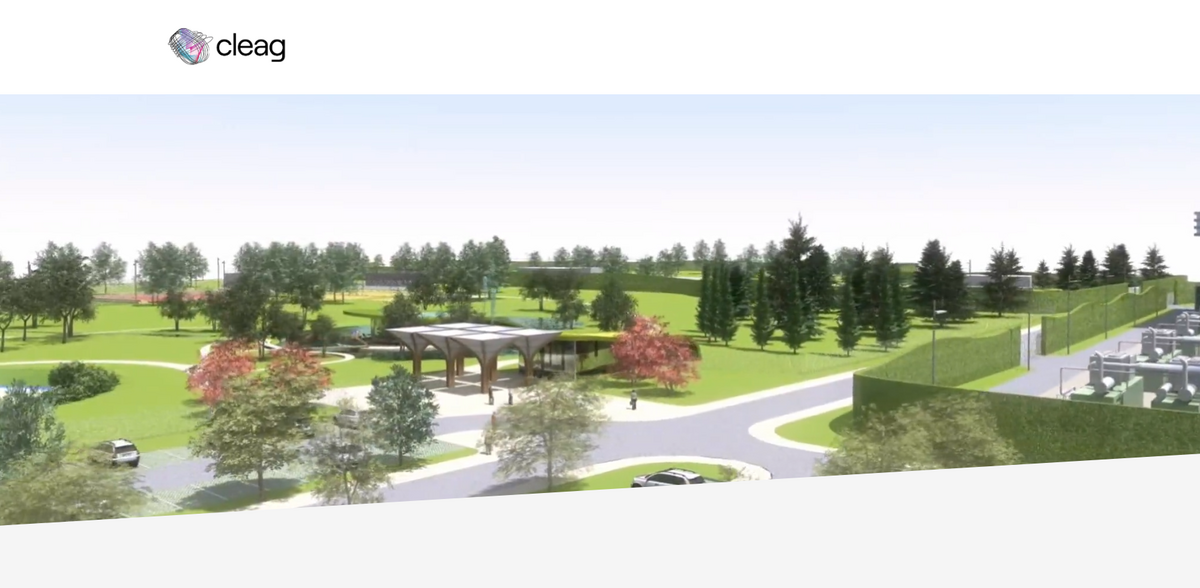What is the Cleag Project?
Accelerating the green transition by transforming depleted fields into energy yields, the Cleag project repurposes old oil and gas fields into hubs for clean, sustainable energy. Millions of oil and gas wells exist worldwide and most are inactive or dry – these unused wells hold an untapped source of geothermal energy and contain valuable geological information that has been long overlooked. By reintroducing these familiar, once-productive fields as long-term sources of carbon-free heat and power, the project is paving the way for a dynamic shift in the renewable energy landscape. The approach pulls from well-understood, already mapped sites, eliminating guesswork and dramatically reducing both environmental impact and development risk… an innovation that mixes cutting-edge technology with a clever reuse of existing infrastructure.
Main Benefits and Key Figures
The core advantages of this initiative can be summed up with key facts that make it stand out in today’s energy market:
- Market: Tapping into a growing market driven by the rising need for constant, affordable, and carbon-free power, particularly for data centers.
- Patented: Uses a patented method to extract dissolved natural gas from brine. The hot brine and gas are harnessed to generate both electricity and heat while the CO2 produced is captured for storage or sale.
- Risk Mitigation: Reusing dry wells helps reduce drilling risks by targeting low-temperature, shallower layers with brine at 80-90°C, thereby enhancing the overall access to geothermal resources.
- Heating + Cooling: Excess thermal energy is repurposed for heating or cooling uses, ideal for data centers, greenhouses, and various nearby consumers.
- Traction: With a series of projects in development, the first project is fully permitted and ready to start, demonstrating early success and a forward-thinking approach.
- Leadership: The leadership team, possessing extensive and diverse experience in developing various energy sector projects, ensures the project’s smooth execution and long-term viability.
The Innovative Geothermal Approach
By leveraging natural underground heat at lower temperatures than conventional methods, Cleag’s innovative geothermal approach transforms previously depleted oil and gas fields into continuous sources of energy. This method incorporates cutting-edge technology to utilize sites that are already understood and mapped – a significant departure from the high-risk, deep drilling techniques commonly used. Rather than requiring deep, high-temperature wells, this approach utilizes natural thermal conditions available in shallower layers. It is an elegant solution that reimagines existing resources, providing both electricity and heat consistently without the need for expansive new infrastructure.
Accessible and Cost-Effective Energy
Unlike traditional geothermal technologies that demand high temperatures and extensive drilling, the project offers an accessible and cost-effective alternative to fossil fuels. Harnessing the moderate heat available in inactive oil and gas wells makes the process significantly less invasive and more affordable overall. In a dynamic market filled with energy challenges, this solution delivers carbon-free power while drastically reducing development risks. It works like a breath of fresh air – a modern twist that brings a sense of ease and innovation to the realm of renewable energy… creating viable, safe, and sustainable power alongside cost advantages that resonate with today’s economic and environmental needs.
Global Reach and Leadership
The Cleag project is characterized by its global mindset and strong leadership. With a strategy that draws on sophisticated European expertise, several operational bases highlight the project’s international footprint. The headquarters in Switzerland, located at Furrengasse 5, 6004 Lucerne, and the Croatian site in Draškovec at Draškovićeva 17, 40325 Draškovec, illustrate the cross-border appeal and operational readiness of the initiative. These locations not only serve as operational hubs but also as symbols of a commitment to bridging traditional energy sectors with modern, sustainable technologies. This global reach speaks volumes about the project’s potential to impact energy solutions on an international scale.
Community Engagement and Environmental Stewardship
The project’s transformation of aged oil and gas wells into renewable energy hubs holds tremendous promise for local communities and the environment. By reusing existing infrastructures, it minimizes land disturbance and reduces the need for new drilling, thereby protecting natural habitats. The reliable, continuous supply of electrical and thermal energy contributes to the local grid and offers practical heating and cooling solutions for nearby facilities like data centers and greenhouses. This engagement not only maximizes resource efficiency but also encourages broader community support for sustainable development and environmental stewardship.
Project Impact on Sustainable Development Goals
- SDG 7: Affordable and Clean Energy – By providing a steady supply of carbon-free power, the project supports efforts to make clean energy accessible and economical.
- SDG 9: Industry, Innovation, and Infrastructure – Leveraging innovative technology and existing infrastructures to drive progress in energy production and risk mitigation.
- SDG 11: Sustainable Cities and Communities – Contribution to safer, more sustainable urban environments with reliable heating and cooling solutions.
- SDG 13: Climate Action – Directly addressing the effects of climate change through the reduction of greenhouse gases and reliance on fossil fuels.
The Future of Clean Energy Transformation
As a pioneering force in renewable energy, the Cleag project stands as a testament to innovation and environmental responsibility. The initiative is not just about repurposing old infrastructures; it is about making a tangible impact on the global energy landscape. Utilizing dry oil and gas wells to access low-temperature geothermal resources redefines what is possible in today’s energy sector. By turning potential environmental liabilities into opportunities for clean power generation, the project paves the way for a future where sustainable baseload energy is within reach for all. This dynamic blend of legacy infrastructure and modern thermal technology promises to deliver a transformative, low-cost, and reliable energy source that could redefine the fight against climate change… an approach as innovative as it is necessary.





















